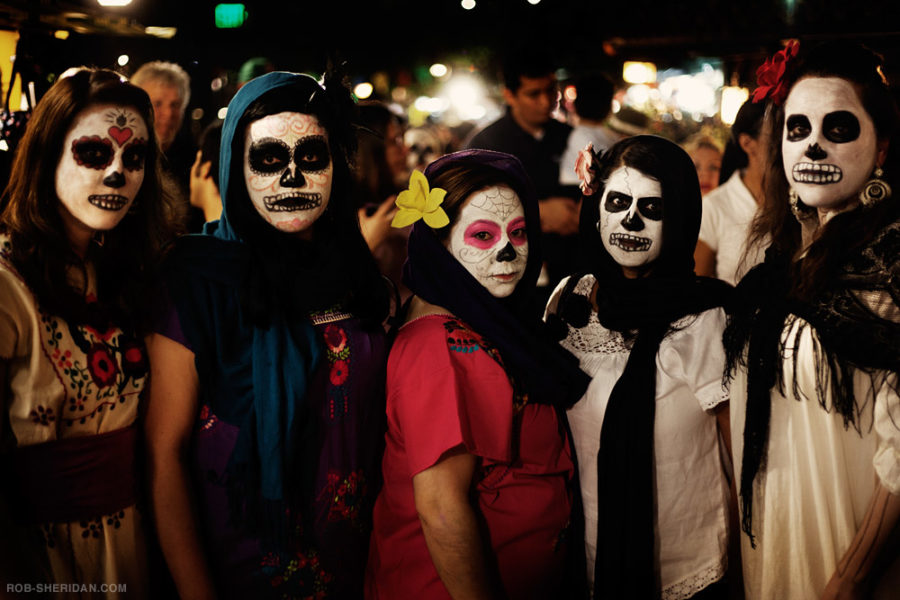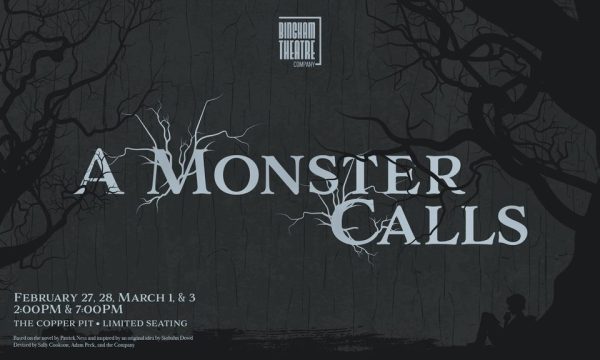Spooooky Traditions of the World
Photo by Rob Sheridan
Five women celebrate Dia De Los Muertos
A frost is in the air, children put on their costumes and go out into the night to beg neighbors for candy, but is this normal for other countries? In particular, what do Mexico and Germany do?
Around 2,000 years ago, the Celts, or Irish, celebrated their version of Halloween, the OG Halloween. Their traditions consisted of dancing around bonfires to ward off the spirits and telling fortunes. Fast forward to colonial America, Halloween was generally celebrated more in the Southern colonies, as the Northern were strictly religious. This was where we get the more common Halloween traditions we celebrate now. The colonists would share stories of the dead, tell fortunes, and sing and dance.
In the present day we go trick-or-treating, play with ouija boards, buy costumes for our pets, or watch horror movies. But what do they do in other countries?
Mexico’s well-known holiday Dia de los Muertos is very dear to the hearts of those who celebrate it. Being a predominantly Catholic country, Dia de los Muertos is incredibly holy and spiritual. To celebrate, schools in Mexico will honor significant people “who have changed the world” according to Valeria Soto, 10th grade Bingham student from Mexico. They will also visit graves and honor the dead as the divide between the worlds of the dead and of the living are close together. Those who celebrate will leave food for their ancestors for when they come over to our world. Soto recalls that her favorite part of the holiday is remembering her loved ones who have passed saying, “It’s beautiful.”
Comparatively, Germany has only been celebrating the Halloween holiday for 25 years. However, according to Bingham foreign exchange student, Judith Volkhausen, Germany has embraced the Americanized Halloween traditions, such as trick-or-treating, wearing costumes, and going to parties.
Aside from Halloween, around the end of October, Germany also celebrates Reformation Day, a Protestant holiday celebrating Martin Luther posting the Ninety-five Theses on Castle Church’s door. In celebration, children are excused from school and adults commonly have the day off work. The following day, Nov. 1, Germany celebrates All Saints Day, where they visit cemeteries and place candles and flowers on graves to honor the dead.
Both countries have their own unique traditions that differ, but they both have traditions arising out of religious backgrounds, meaning that maybe the U.S. is the odd one out when it comes to Halloween.
All the world celebrates some form of Halloween, and whether it’s religious or not, every celebration deserves to be known and respected.






